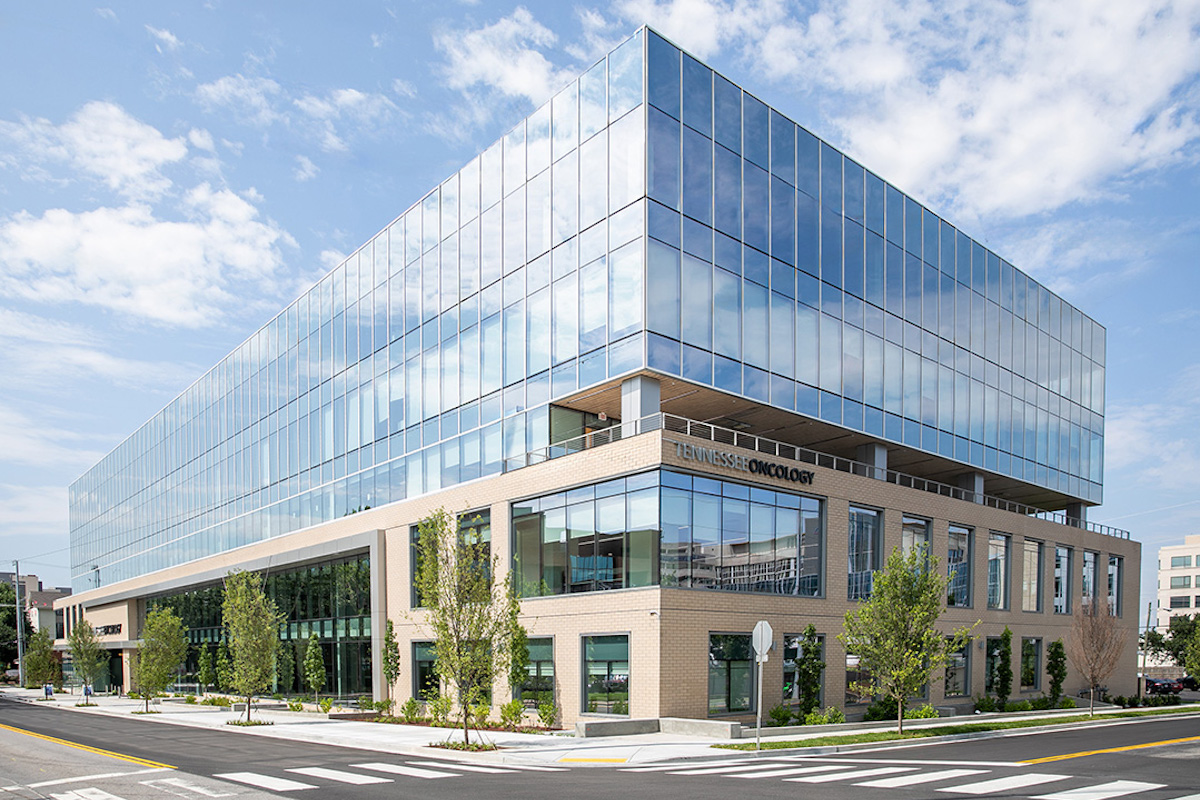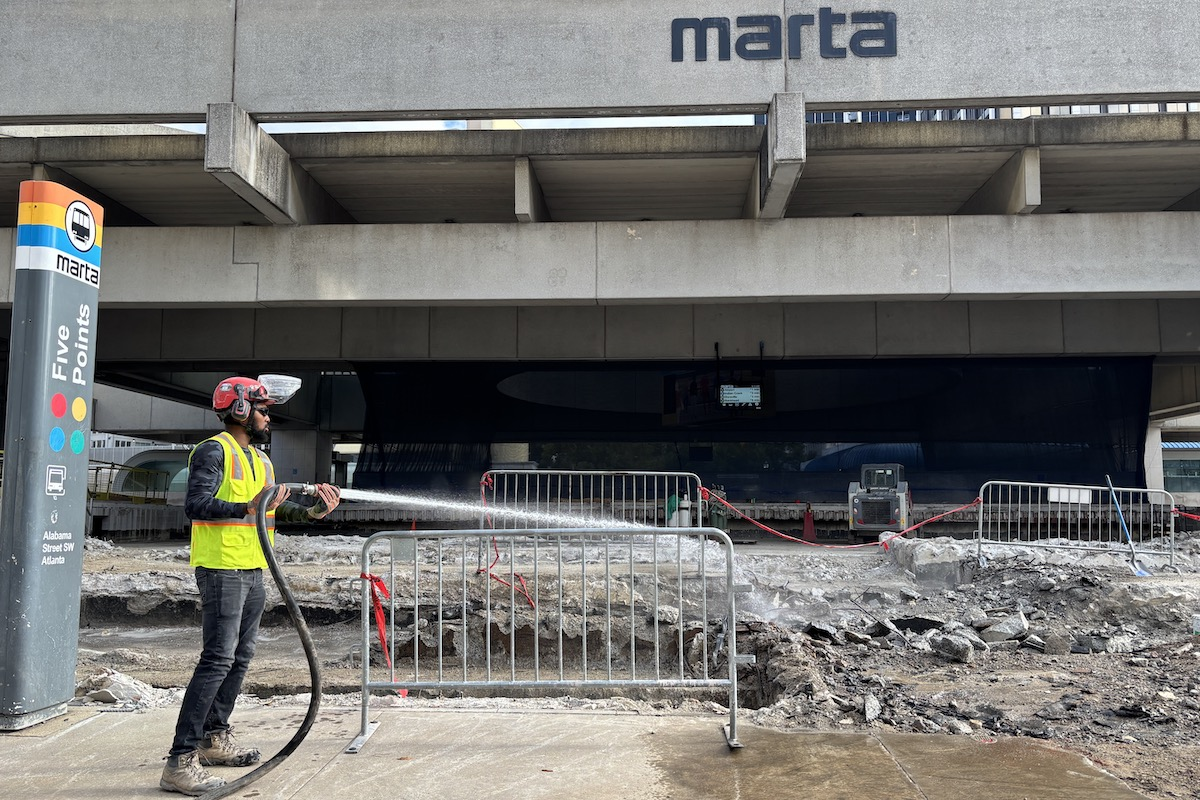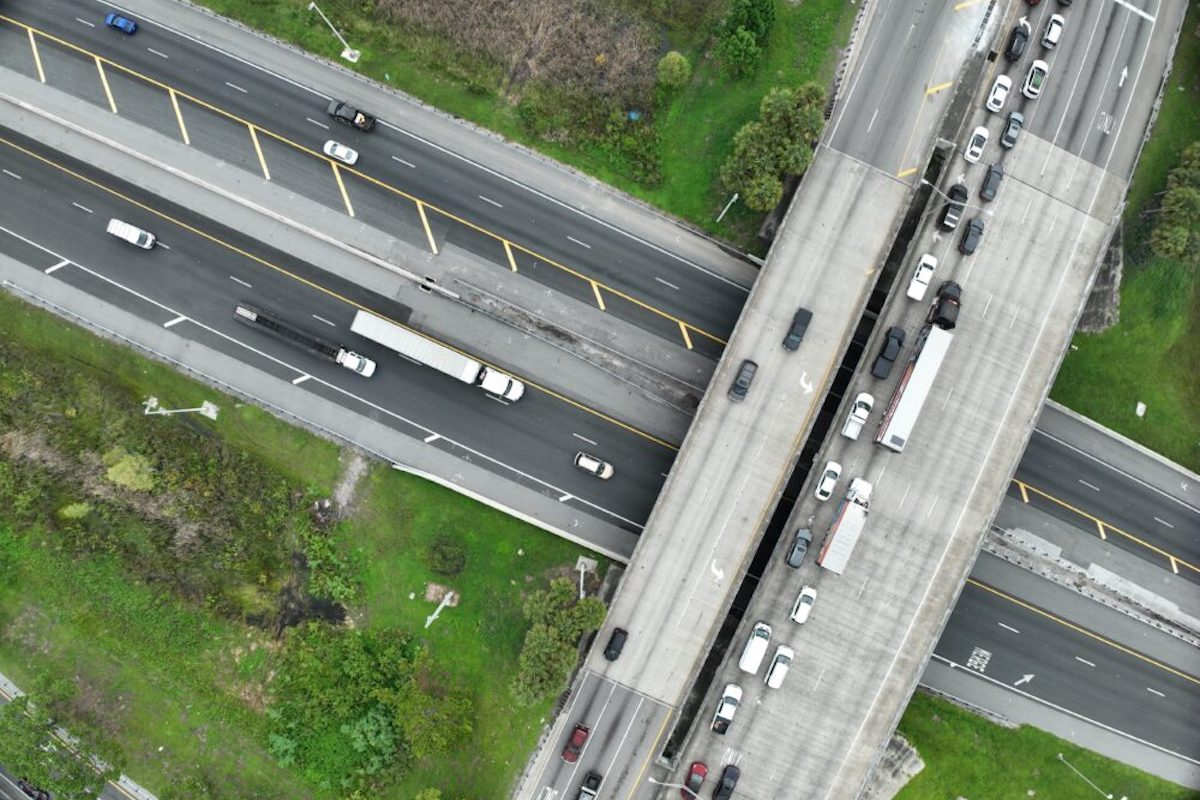The highway was built in the early 1950s. MDT has considered reconstructing this section of MT 83 for more than 20 years to bring it up to modern safety standards, said Matt Straub, Project Manager for MDT. The existing roadway lacked shoulders, had deteriorating pavement, and a difficult environment in some sections, with rocks falling down the mountain, requiring maintenance crews to perform emergency rock removal. Heavy logging trucks frequent the road, along with bicyclists and people traveling to Glacier National Park.
“We’re widening the road in this area so that travelers can take in the sights of Montana,” said Michael George, Construction Manager for the project with Kiewit, the construction manager/general contractor (CM/GC). “MT 83 near Salmon Lake is a scenic route with trails, mountains, and lakes that bring tourists every year.”
“There was a lot of debate on what direction to go for getting the [road] width we needed,” Straub said. “We faced many challenges in this tight corridor.”
This 4-mile project will increase visibility; add 4-foot-wide paved shoulders; increase the lane width to 12 feet in both directions; straighten curves; flatten some hills; reduce rockfall hazards; improve drainage to the lake, with a 6-foot-wide box culvert and other pipes; maintain the 10 pullouts; and install new signs and a guardrail. The road provides access to about a dozen lake homes, a boat ramp, and a boathouse.

| Your local Topcon Positioning Systems Inc dealer |
|---|
| Linder Industrial Machinery |
“The alignment remained the same, because the project is sandwiched between the mountain and the lake,” Straub said.
The work includes construction of 14 walls, including a gravity block retaining wall that is two-thirds of a mile long on the lake side (completed during summer 2023), and two soil nail walls on the mountain side. Crews also have installed a rock fall fence and rock attenuation fencing to prevent rocks from falling onto the road.
Additionally, crews realigned Woodworth Road at its intersection with MT 83. The change creates a more perpendicular intersection with increased visibility.
HDR of Omaha, Nebraska, serves as the design consultant. A combination of federal and state dollars provided funding for the $37 million project.
“An advantage of using CM/GC was partnering with the contractor to get input during the design phase,” Straub said. “By utilizing their resources and abilities, we developed a workable design that set the project up for success.”
Kiewit began to collaborate with the design team in 2019. Kiewit, founded in 1884, brings extensive experience in heavy civil work. The contractor found ways to keep the road open during construction. Kiewit also provided cost, schedule, and long-term maintenance impacts of the various options under consideration. Maintaining access for emergency vehicles through the project area was a top priority.
Kiewit also tested rock at the job location, under the old roadway, and the side of the mountain and determined it could be repurposed for back fill rather than purchasing and hauling in rocks from about 55 miles away.
“What we add is the ability [to] analyze each solution and provide alternatives,” George said. “For example, we looked at the pros and cons of six or seven different wall types at every location.”
Crews began clearing trees and vegetation on the mountain side in the summer of 2022 to avoid disturbing migratory, nesting birds in the spring. The team divided the road into three segments, from north to south. The first was a 2-mile segment, followed by a 1-mile section, both completed in 2023. Crews anticipate finishing the last 1-mile segment this summer.
Kiewit worked 24 hours a day for two and a half months during the summer months. The road fully reopened during the winter break.
“The biggest challenge is trying to build and widen this roadway, while limiting impacts to the traveling public,” George said.
In 2023, crews mobilized in March, taking out 3 feet of snow and milling up the asphalt pavement. Crews set up a temporary barrier wall to separate traffic from the construction zone. Then Kiewit created a dirt surface road for vehicle traffic.
Throughout construction, Kiewit has kept one lane of the highway open, with an alternating flow of vehicles, using pilot cars and flaggers to direct traffic. The team had to maintain access to a state park, residential properties, and a state campground along the road.
For the retaining walls on the lake side, crews began by placing a riprap foundation and then built the precast modular block walls with architectural features. Altogether, there are about 6,000 square yards of modular block wall along Salmon Lake. The team protected the lake by installing a silt boom to separate the water from the construction area.
The water from the box culvert drains into the 2.5 feet of riprap with a filter fabric underneath the rocks. The rocks and fabric serve as a filter before the water enters the lake.
On the mountain side, crews built two soil nail walls to hold the earth back. The steel nails are grouted. The team placed wick drains and mesh and then sprayed shotcrete on the walls. The walls were pole tested to ensure the bonding was sufficient to hold the material. Crews installed a modular block wall on the mountain side in another section with a steep approach.
Crews also installed rock attenuator fencing on the mountain side. If a rock loosens up and starts to roll down the mountain, it will hit the metal fencing and roll down to a drape and catch basis.
“It is not designed to stop the rocks, just slow them down and dissipate their energy, so they roll nicely into our ditch,” Straub said. “We built a clean-out ditch, so MDT maintenance workers can get behind there and clean it out.”
Crews are paving the road with asphalt. In the third section, crews have worked on foundations for the lakeside retaining walls. Paving will take place this year. MDT anticipates completion of the project this summer in time for the heavy travel season.
When complete, “it will mean a quicker commute with enhanced safety features between popular summer recreation areas,” Straub said. “It’s a dense corridor and a challenging project but will improve MT 83 along Salmon Lake for years to come.”
Photos courtesy of the Montana Department of Transportation













































































